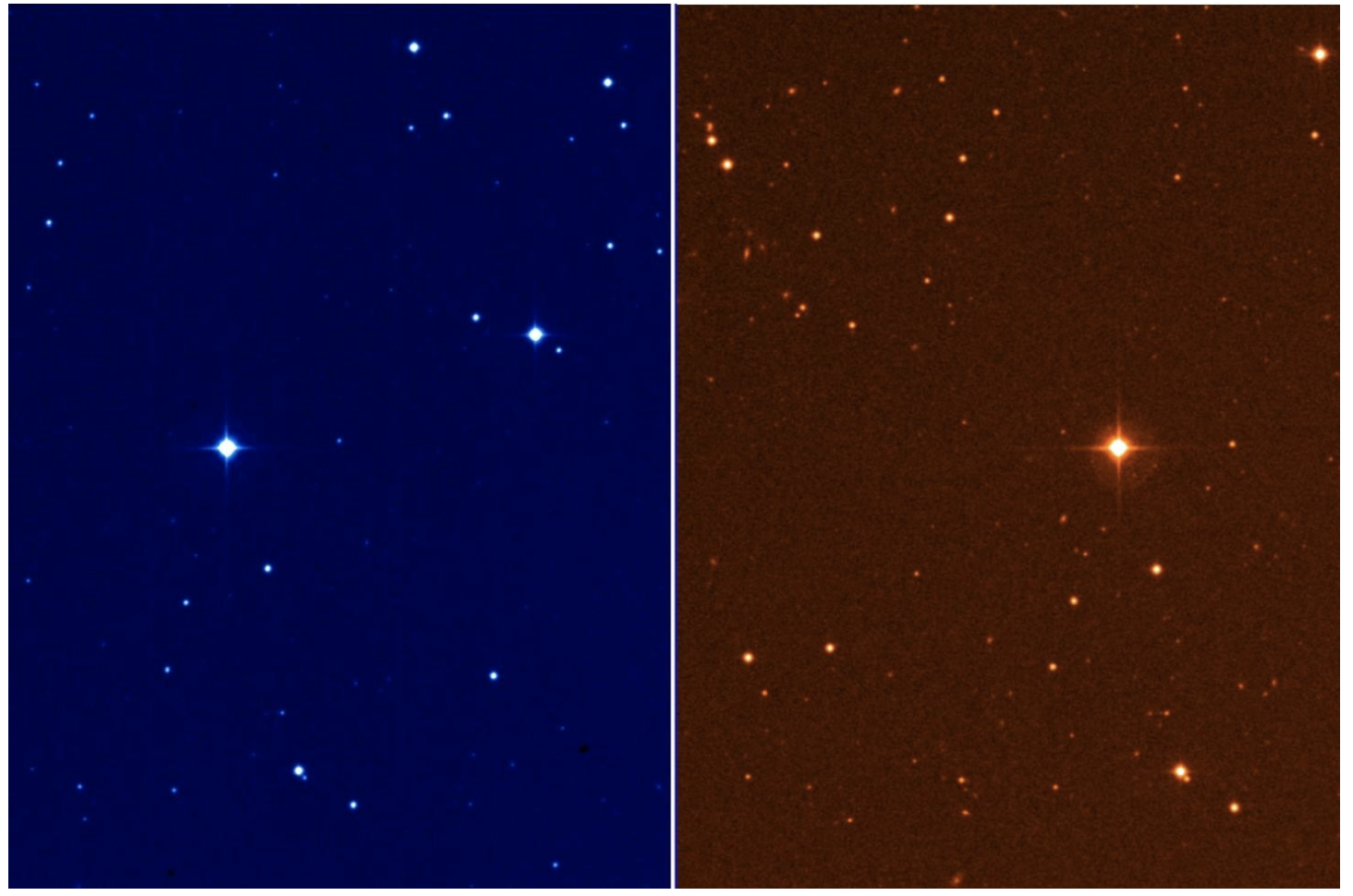A New Planet Detected Around a Nearby Star: The Observatoire de la Côte d’Azur Contributes to the Study of a Potentially Multiple System
An international team of scientists has just discovered an exoplanet orbiting the star DS Leo, located only 40 light-years from the Sun in the constellation Leo. This discovery, made possible thanks to cutting-edge instruments such as SPIRou (Canada-France-Hawai’i Telescope) and SOPHIE (Observatoire de Haute-Provence), has revealed the existence of a planet named DS Leo b. This world, roughly ten times the mass of Earth, completes an orbit in just six days.
The DS Leo system, which features a young and active star — a red dwarf around 500 million years old — is of particular interest to researchers. In addition to DS Leo b, two other planets may also be present, making the system both compact and potentially in orbital resonance. However, their existence still needs to be confirmed by future observations.
Among the scientists involved in this study, Antoine Petit, a researcher at the Lagrange Laboratory of the Observatoire de la Côte d’Azur (Université Côte d’Azur, CNRS), played a key role in the system's dynamical analysis. He helped constrain the orbital characteristics of the candidate planets, particularly their eccentricities. The study suggests that, if the system is indeed multiple, the planets would likely follow nearly circular orbits — a relatively stable configuration commonly observed in compact planetary systems.
"By providing dynamical constraints on these exoplanets, we can describe the architecture of the system more precisely than with observations alone. If the candidate planets are confirmed, the system's resonant configuration would be particularly interesting, as it offers direct insights into the history of the system's formation," explains Antoine Petit.
The discovery of DS Leo b highlights recent progress in detecting exoplanets around active stars, which have long been considered challenging targets for observation. Thanks to infrared monitoring with SPIRou, combined with optical measurements from SOPHIE, researchers are now able to overcome the disruptions caused by the magnetic activity of such stars.
This breakthrough once again underscores the value of an interdisciplinary approach — where observational data, high-performance instrumentation, and theoretical modeling come together to push the boundaries of our understanding of worlds beyond the Solar System.



